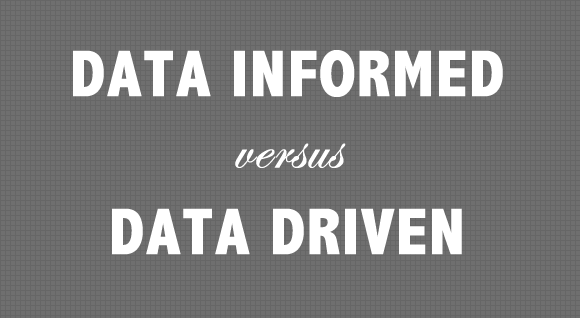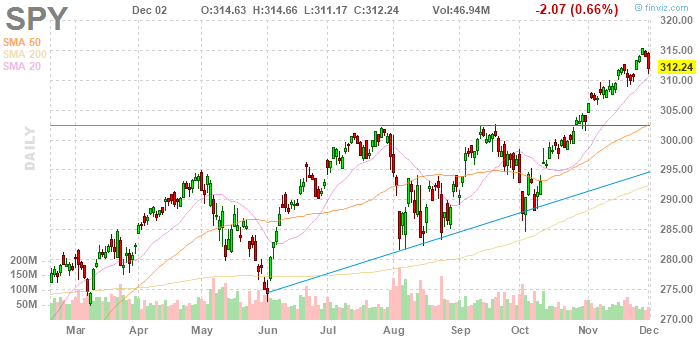“Enabler” is now a pejorative term. Due to pop psychology, when we think of someone who is an enabler, we think of someone who allows and makes excuses for someone else’s bad behavior. A spouse may enable their spouse’s drinking problem by not confronting them about it and forcing them to change their behavior. A company may enable an employee’s bad behavior toward the opposite sex by allowing them to keep working there because they are a high producer. These are examples of enabling bad behavior.

Good Enabler
However, as a Financial Planner, I like to think of myself as a Good Enabler. In my job, I try to provide advice and help clients set goals that enable them to achieve their financial and life dreams. I provide clients assurance that their investment portfolios are soundly constructed so that they can sleep at night and that they can thereby focus their attention on where it should be, on their families and their jobs. This is enabling clients in a good way, in an effort to promote their good behaviors.
Too Busy
Are you too busy to deal with your own finances? There are a lot of people out there who are so busy with their day-to-day routines of working mega-hours, commuting, caring for family members in need, and, right now, getting ready for Christmas, that they don’t have time or perspective to deal with stuff like looking at their retirement fund allocations or setting goals in an effort to make sense out of why they are engaged in their routines. As a result, they feel caught in a trap and perhaps losing motivation. If this somewhat describes your situation, or if you have a friend or family member who sounds like what I am describing here, then perhaps I can help. I can enable them to set goals so that they can re-charge themselves and go forward with a better perspective on the meaning of their own lives.
IMO
What I am saying here is that the job of a Financial Planner is much more than someone who helps with the once-a-year reallocation of their portfolio. Instead, a good Financial Planner is a good enabler, someone who helps to prop up sagging motivation or who helps give a client meaning to their daily routine. These are “high-touch” skills that are difficult for a robot or a computer to replicate and are the real reason one should work with a Financial Planner. Please contact me if you want me to enable you to achieve your own piece of mind!




